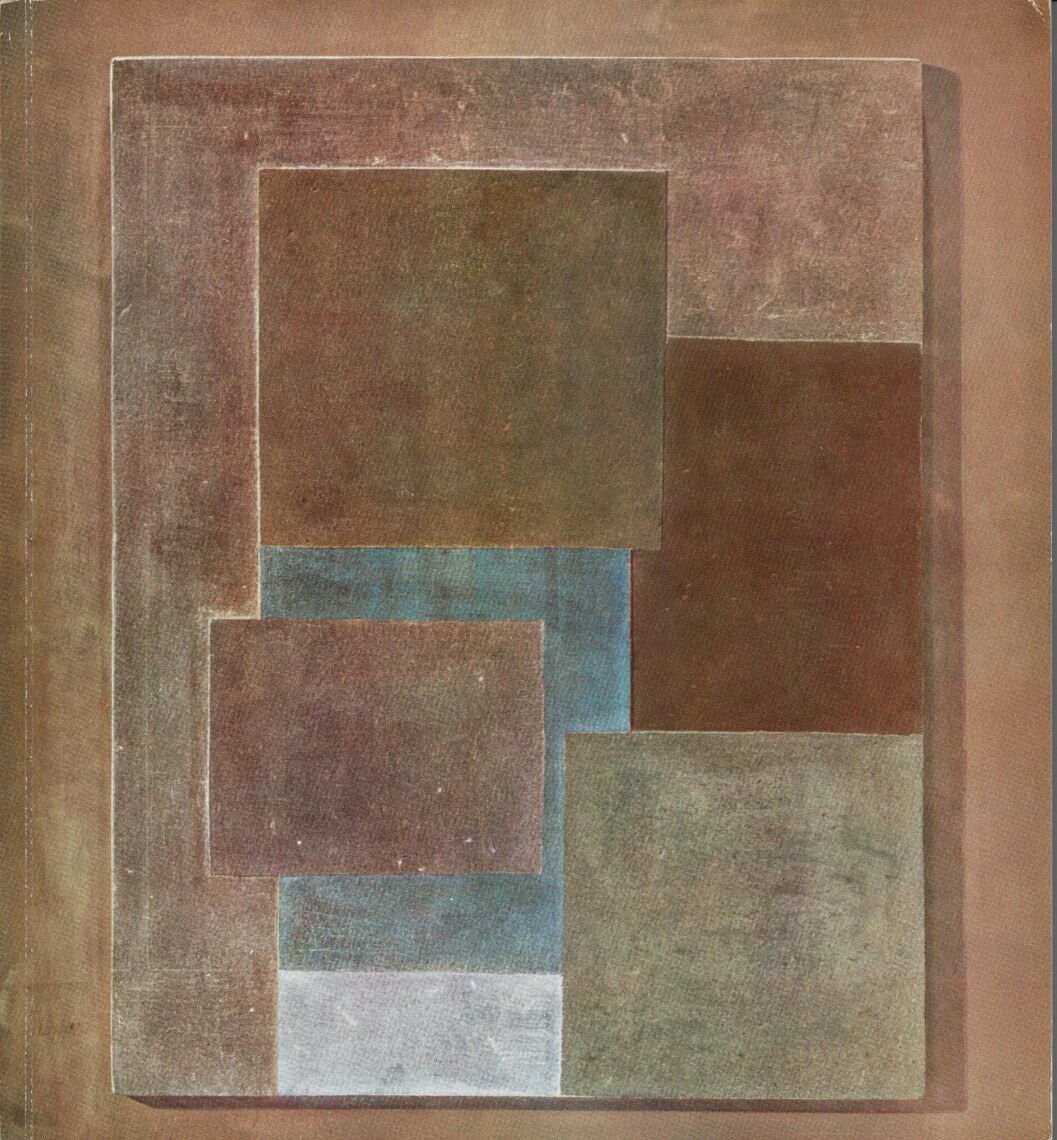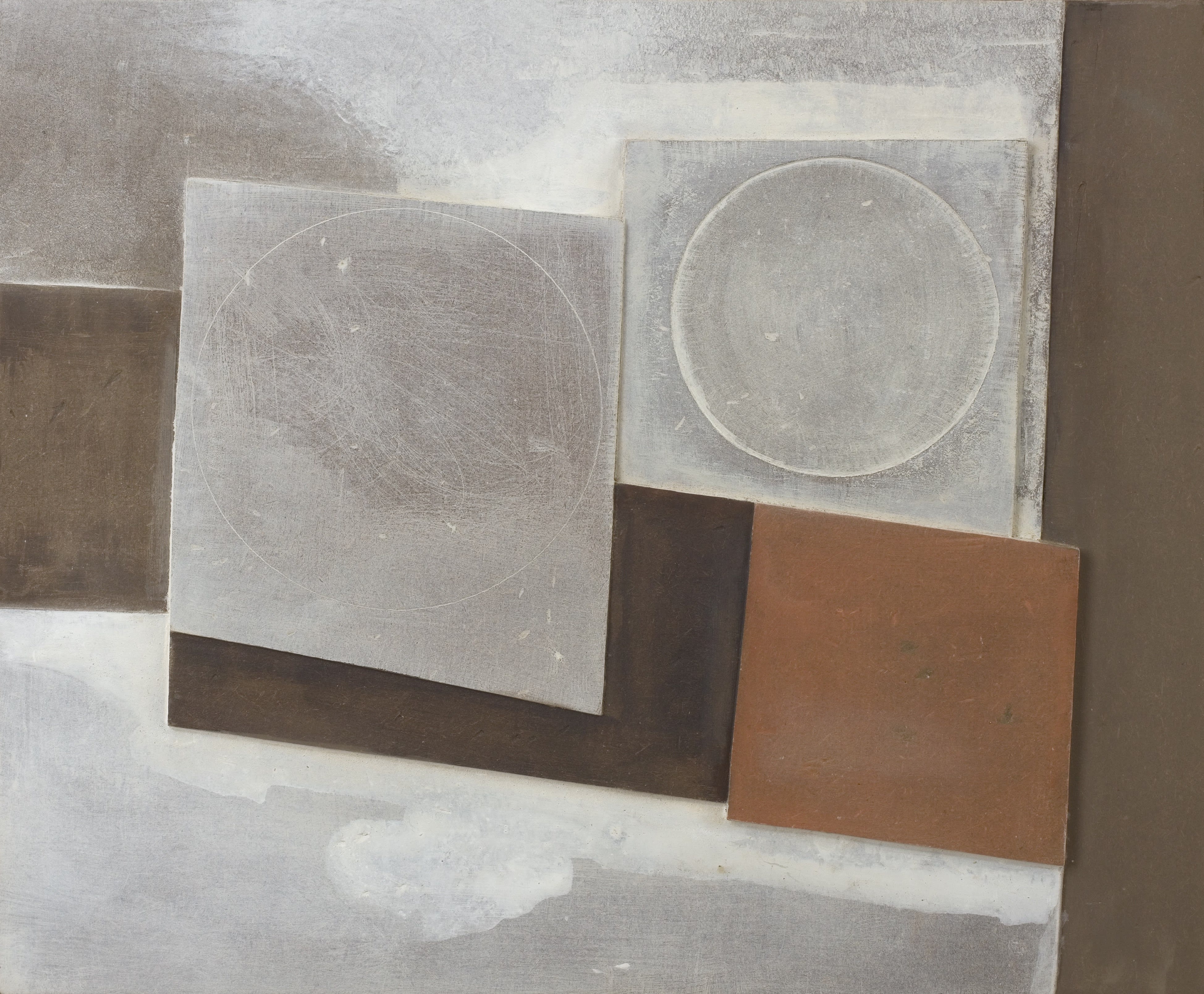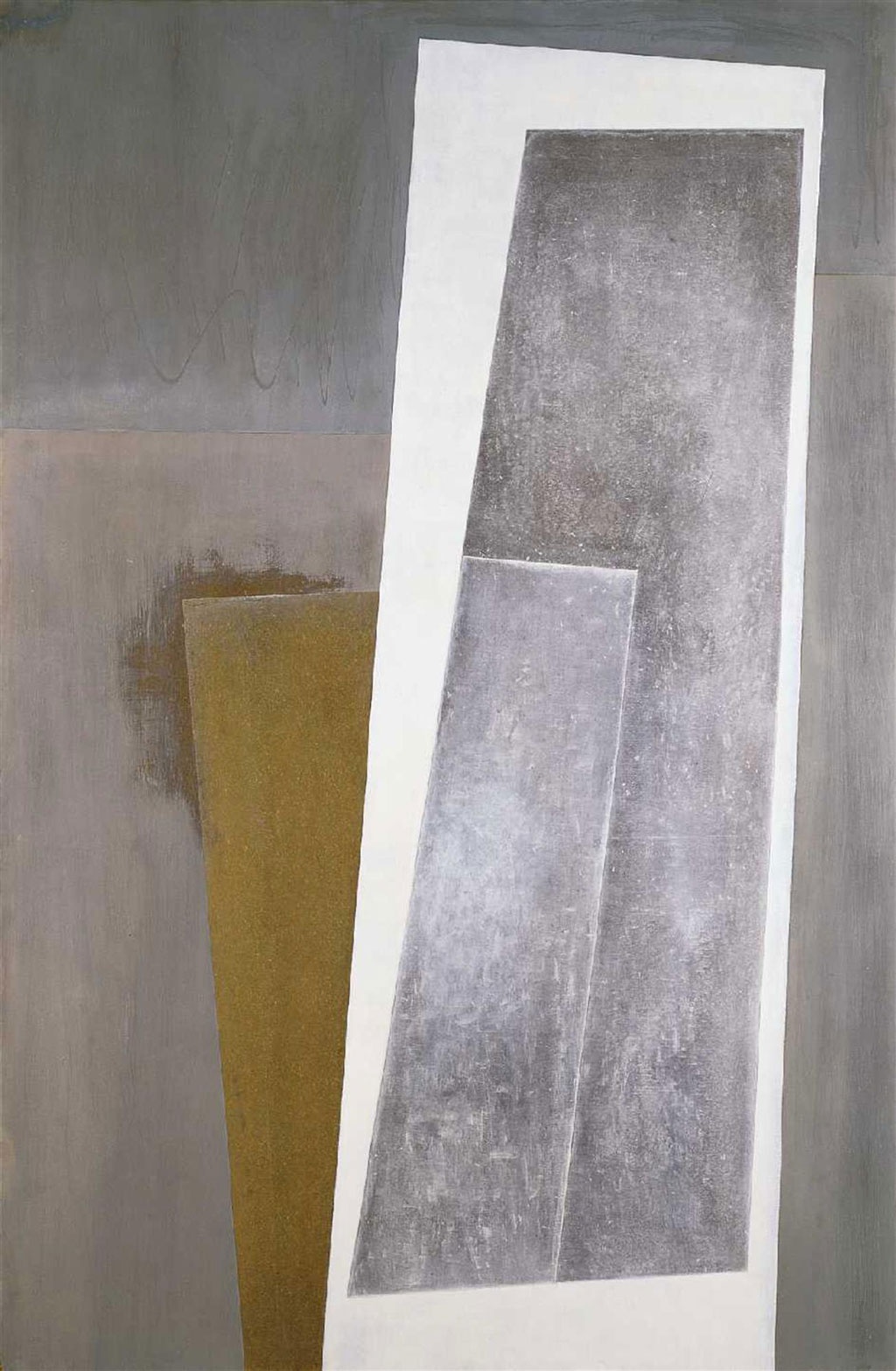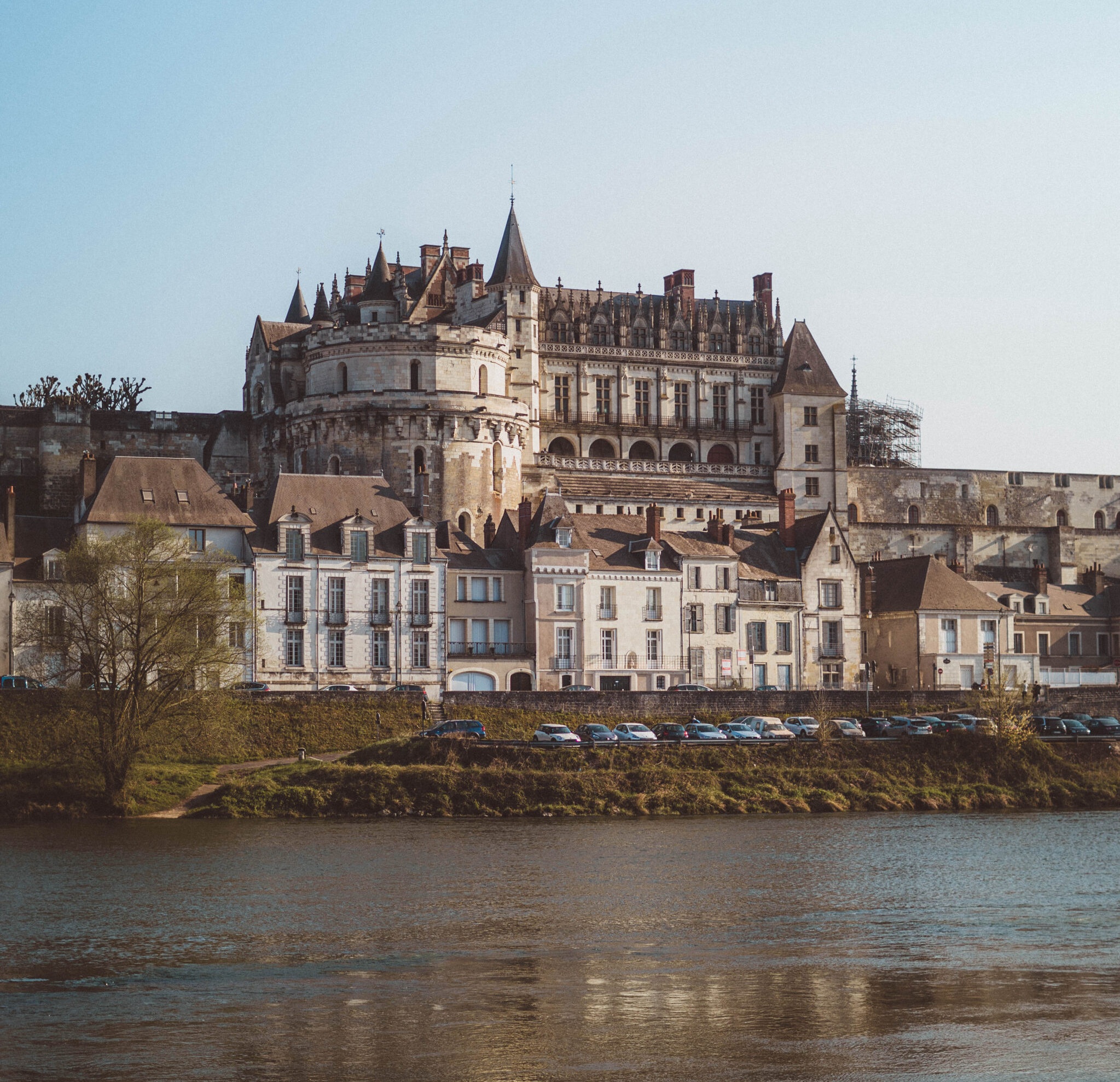Riding a wave of critical and commercial success, in the decades after the Second World War Ben Nicholson travelled around Europe and grew interested in its structures and scenery.
InSight No. 127
Ben Nicholson, 1968 (ramparts), 1968

Much like David Hockney and Bridget Riley today, from the fifties onwards Ben Nicholson (1894–1982) occupied a prominent position in the public imagination as a senior artist whose work was popular, highly recognisable and a valuable cultural export. After the Second World War, the British Council showed his work in exhibitions on every inhabited continent. In 1974, along with Josef Albers, he shared the distinction of having his work pastiched by the set designers of the James Bond film The Man with the Golden Gun. His work 1967 (Dordogne 4) was skilfully copied and augmented to fill the panelling above an assassin’s bed. No credit was given, but such an application demonstrates the cultural reach that Nicholson’s work achieved in the latter decades of his career.
From 1958 until 1971, Nicholson lived in Italian Switzerland with his third wife, the photographer Felicitas Vogler. Ensconced near the centre of the European continent, he was well situated to explore the antique and medieval remains that illuminated his imagination and set his sharp pencil drawing. His growing commercial success provided the finance for his travels. Aside from museum exhibitions in Bern, Hanover and other places, his work was sold by galleries in Munich, Zurich, New York and Milan. Between 1963 and 1971, he had a series of exhibitions with Marlborough Fine Art, London, becoming one of the eminent contemporary artists – along with Francis Bacon, Graham Sutherland, Henry Moore, Lynn Chadwick, and his second wife Barbara Hepworth – whose reputations waxed large under the aegis of Harry Fischer and Frank Lloyd. Impeccably neat catalogues lent a contemporary emphasis to Nicholson’s personally distinctive idiom of relief carving, which he originated three decades earlier. Several cover designs turned the book into a facsimile work of art, omitting text in favour of the full-page reproduction of a newly-made relief.

In his painted and carved reliefs, Nicholson behaved like an exacting craftsman. He consistently achieved a nuanced, hand-crafted finish in his work, using materials more familiar to a carpenter than an artist. Yet his work was always prompted by profound poetic ideas. Although he never produced plans for his work, he always started with an idea, a place or a mood. He then set about evolving his idea, working it into a tangible, physical object. Completion came when the object and the idea had become inseparable.

The subtitle of 1968 (ramparts) implies some grand, ancient, teetering structure, possibly one stationed high up and visible only from a great distance far below. The work may pertain to any number of monuments Nicholson saw on his travels to Crete in the spring of 1966, to various Greek islands in May 1967, and to the Loire Valley later in 1967. Tag titles of other works from 1967 and 1968 include references to Tuscany – more specifically Pisa, Lucca and San Gimignano – and to Paros and Delos. An earlier ligérien work, Dec 1965 (Amboise), refers to a town of which Henry James once wrote:
The town of Amboise lies, like Tours, on the left bank of the river [Loire], – a little white-faced town, staring across an admirable bridge, and leaning, behind, as it were, against the pedestal of rock on which the dark castle masses itself. The town is so small, the pedestal so big, and the castle so high and striking, that the clustered houses at the base of the rock are like the crumbs that have fallen from a well-laden table.
Perhaps it was a scene such as this, or one like it, perhaps in another country, that inspired Nicholson’s ‘ramparts’.

1968 (ramparts) is made poignant by astute combinations of transparent colouring. The surface of the panel is divided into a jigsaw of irregular interlocking shapes, each piece projecting to a subtly different degree of relief. Each shape is treated with its own variegated colouring. Working the material by hand with razor blades, scraping away the surface until he reached a suitable depth, Nicholson came to identify himself with the inert substance of the manufactured board. (Two of the shapes share the same fibrous texture, indicating the unscraped surface of the board as it was to begin with.) A central island of four shapes includes a single red puzzle piece at lower right, two off-white pieces, and an ‘L’ shape darker in colour than the rest. Nicholson himself was always impatient with literal descriptions of his works, however, justly feeling that they suffocated any sense of what was interesting about his art. Of 1968 (ramparts), one might just as well write that it exhales the dusty air of some stony room, perched atop some ancient turret.

Images:
1. Ben Nicholson, 1968 (ramparts), 1968, oil on carved pavatex board, 47.5 x 53.5 cm
2. The catalogue for Ben Nicholson’s first exhibition held at Marlborough Fine Art in 1963
3. 1968 (ramparts) (detail)
4. Ben Nicholson, Dec 1965 (Amboise), 1965, Kunstsammlung Nordrhein-Westfalen © Angela Verren Taunt
5. Amboise © Sophie Nadeau

